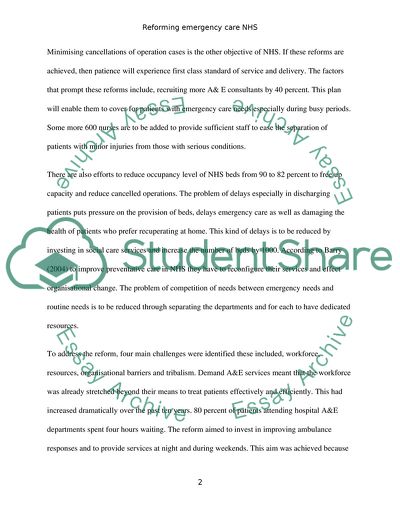Cite this document
(Reforming Emergency Care of the NHS Case Study Example | Topics and Well Written Essays - 1500 words, n.d.)
Reforming Emergency Care of the NHS Case Study Example | Topics and Well Written Essays - 1500 words. https://studentshare.org/health-sciences-medicine/1737303-reforming-emergency-care-nhs
Reforming Emergency Care of the NHS Case Study Example | Topics and Well Written Essays - 1500 words. https://studentshare.org/health-sciences-medicine/1737303-reforming-emergency-care-nhs
(Reforming Emergency Care of the NHS Case Study Example | Topics and Well Written Essays - 1500 Words)
Reforming Emergency Care of the NHS Case Study Example | Topics and Well Written Essays - 1500 Words. https://studentshare.org/health-sciences-medicine/1737303-reforming-emergency-care-nhs.
Reforming Emergency Care of the NHS Case Study Example | Topics and Well Written Essays - 1500 Words. https://studentshare.org/health-sciences-medicine/1737303-reforming-emergency-care-nhs.
“Reforming Emergency Care of the NHS Case Study Example | Topics and Well Written Essays - 1500 Words”. https://studentshare.org/health-sciences-medicine/1737303-reforming-emergency-care-nhs.


